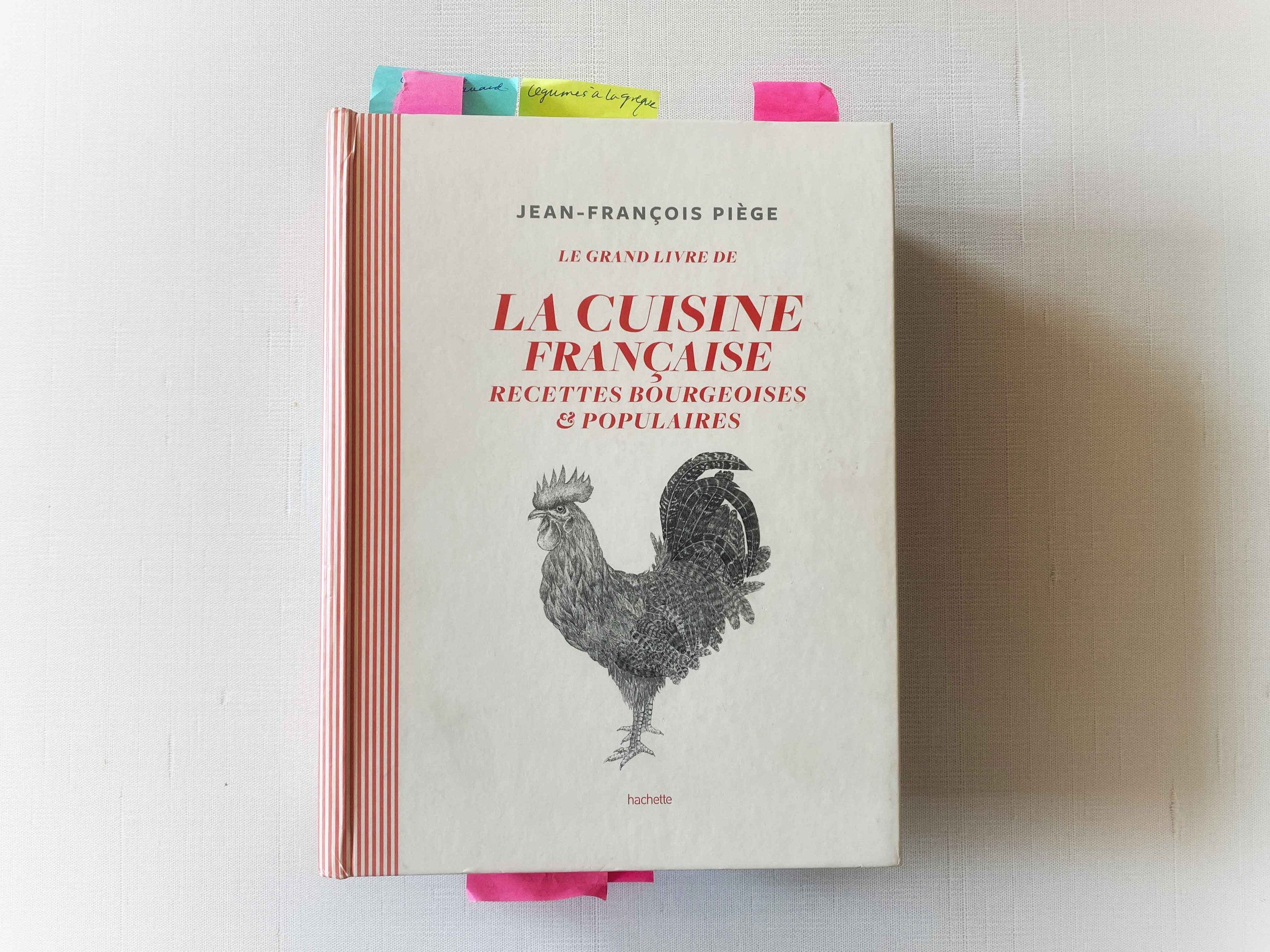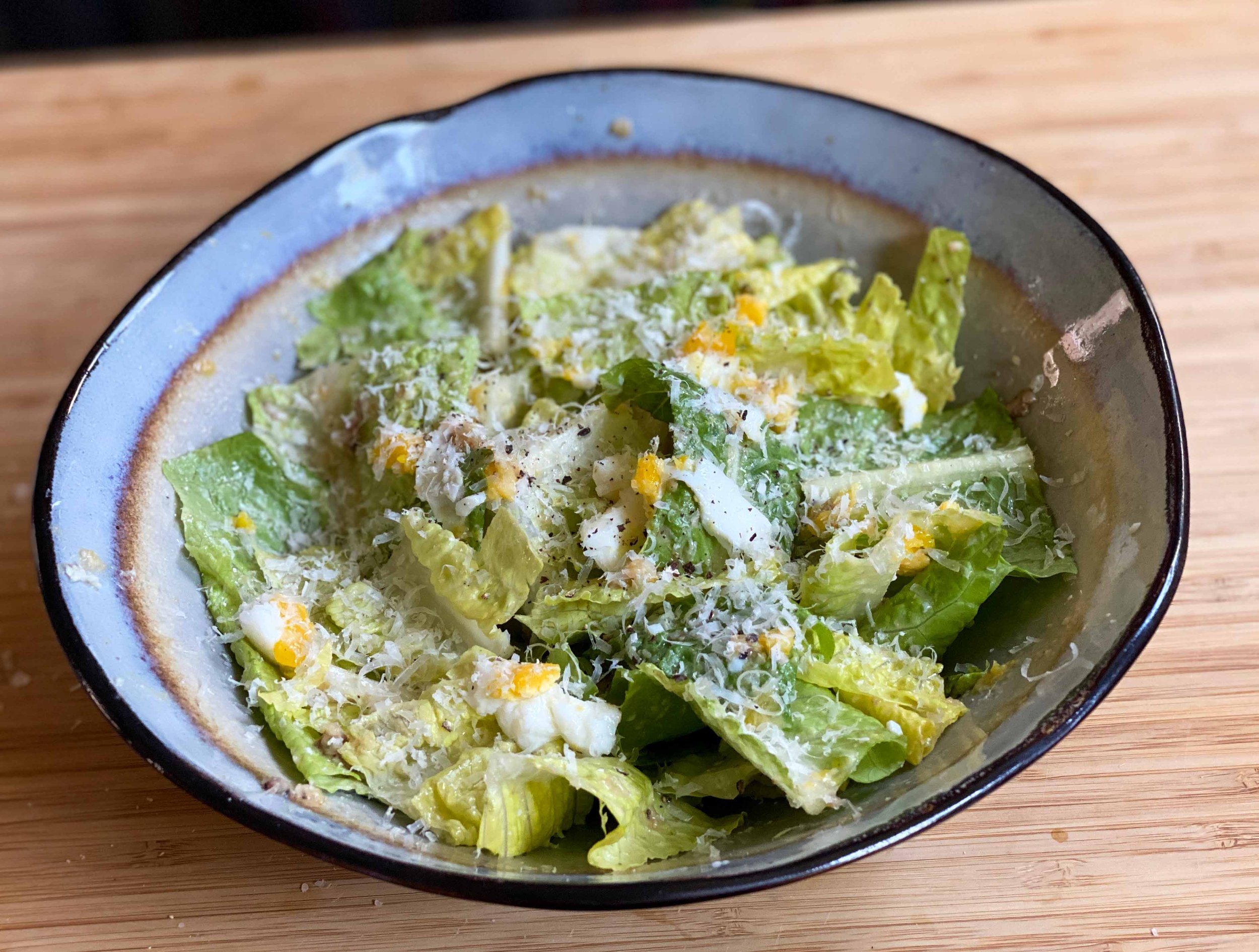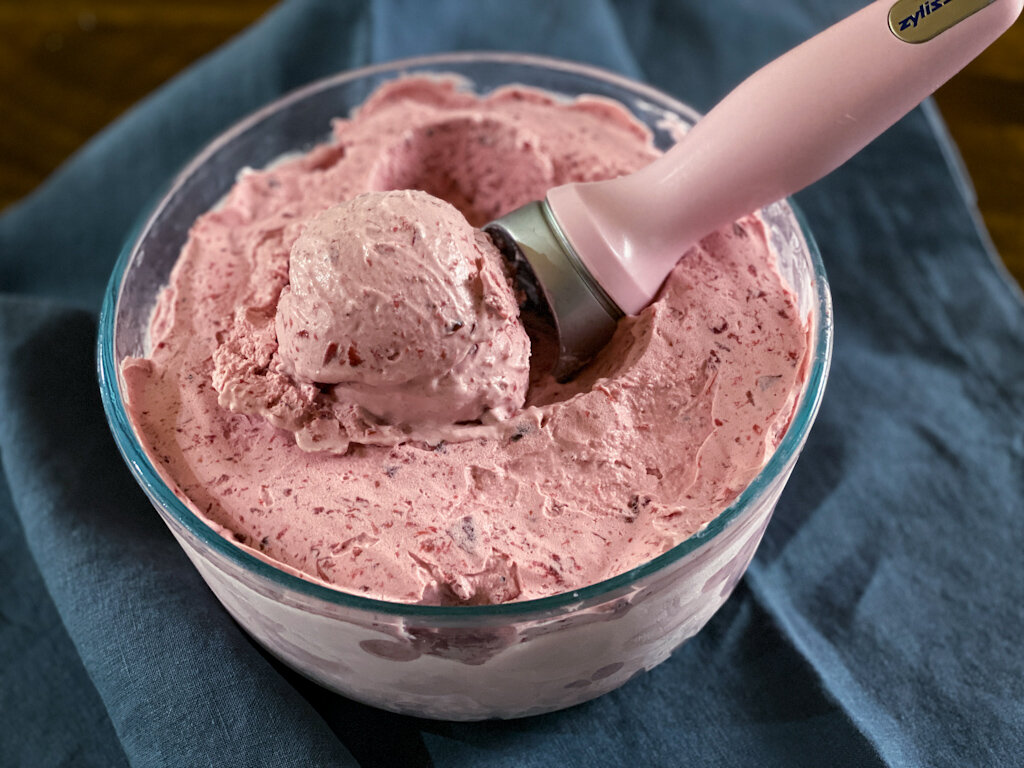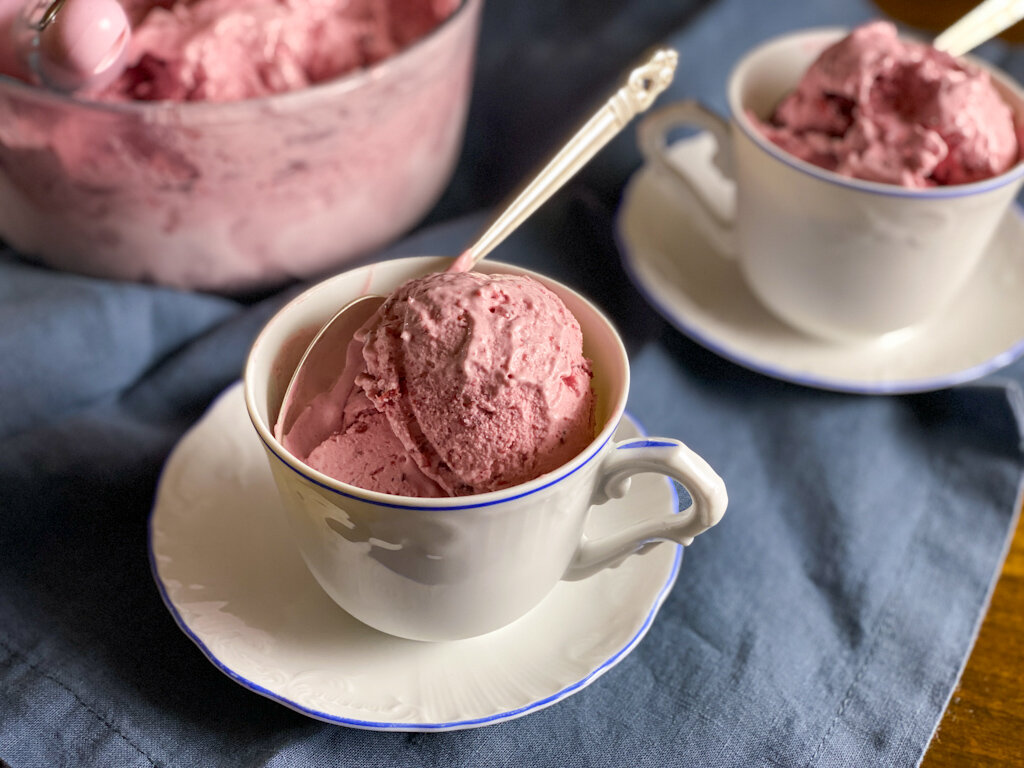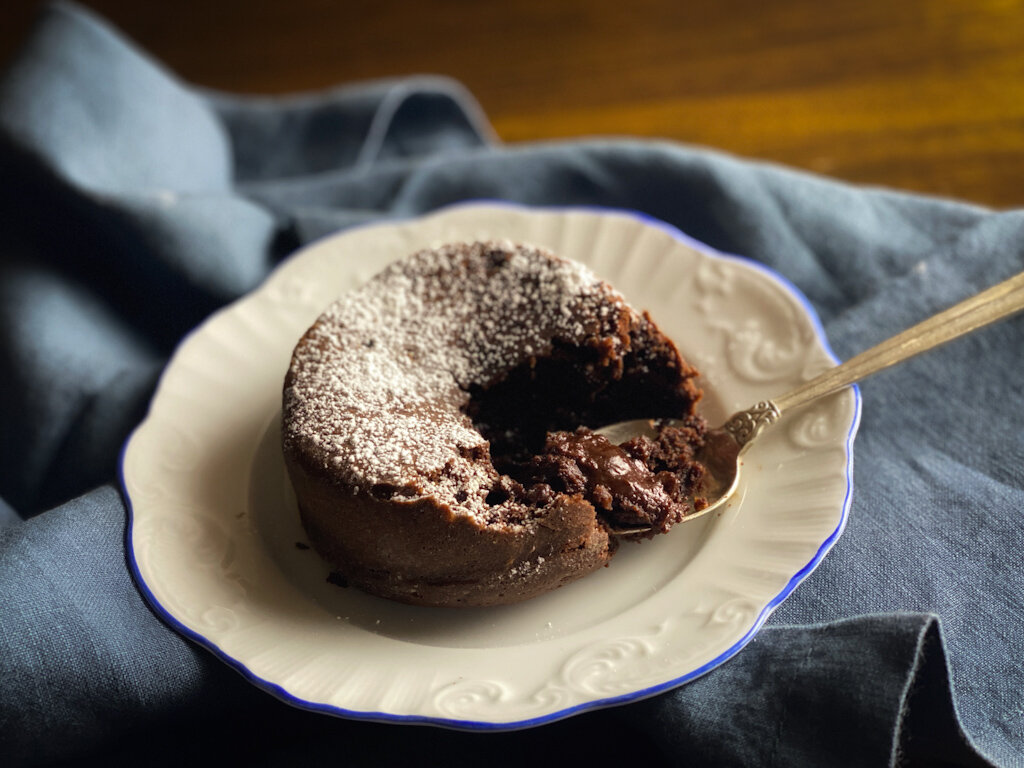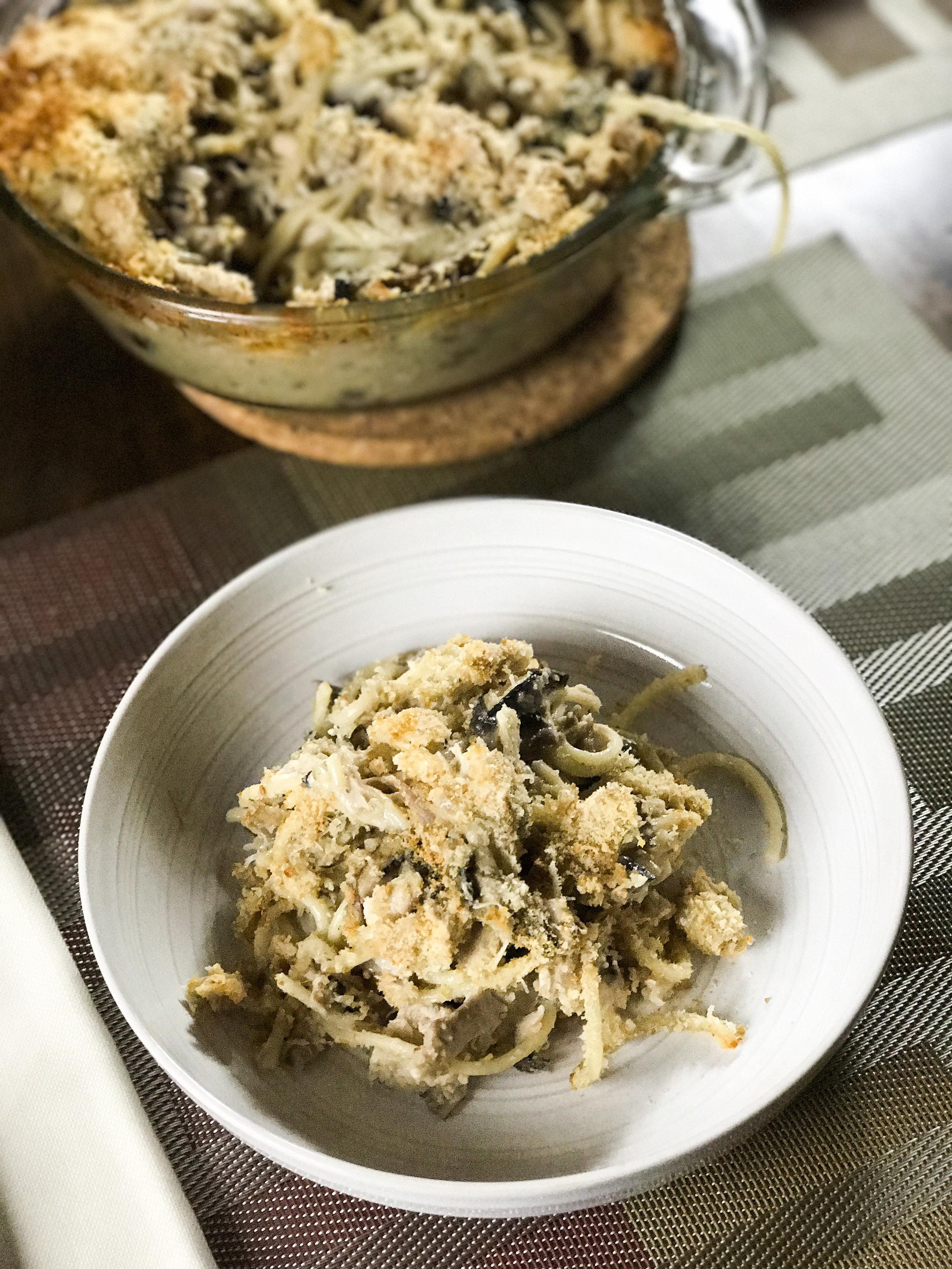By Leslie Brenner
[Editor’s note: This is the first in a series of articles about dishes suited to watching and celebrating the 2024 Paris Summer Olympics.]
Before we know it, all eyes will be on Paris for the start of the Olympic games, and likely as not that will put many of us in the mood for a French TV dinner or lunch.
One dish I know will be on my Olympic team is poireaux ravigote — poached leeks dressed in an herb-packed, caper-happy, shallot-y vinaigrette with boiled egg. The snazzy salad-like starter has been showing up on fashionable tables all around France. It’ll shine on your table, too, whether it happens to be the one in your dining room or the coffee table in front of your TV.
Here’s a little background. The French love leeks, and a similar dish, poireaux vinaigrette, has long been one of the country’s most popular bistro dishes.
A few years back, restaurants started giving their poireaux vinaigrette (and their asparagus vinaigrette, and their artichokes vinaigrette) a lovely flourish of chopped hard-boiled egg: Mimosa is what that’s called. Before long, poireaux mimosa, asperges mimosa and artichaut mimosa were everywhere.
Then, last fall, a new leek prep started popping up here and there: poireaux ravigote. The effect is tangier and much more herbal than a straight-ahead vinaigrette, with lots of punch from those capers and shallots; the tang and punch are balanced by the soft richness of egg. Somehow, leeks, with their gentle allium lusciousness, are the perfect vehicle.
Will ravigote be the new mimosa? Who knows?! But I couldn’t wait to replicate it when I came home.
Origin of the dish
As it turns out, sauce ravigote goes way back — at least as far back as Auguste Escoffier’s 1903 bible Le Guide Culinaire, in which Escoffier describes the sauce as “suitable for calf’s head or foot, mutton foot, etc.” Escoffier’s ravigote is a type of vinaigrette that includes capers, parsley, chervil, tarragon, chives and minced onion, along with olive oil, vinegar, salt and pepper. Egg doesn’t appear; otherwise its very similar to what we’re seeing these days on leeks.
As for that calf’s head, in France that’s known as tête de veau. It’s a boiled dish with a long and treasured tradition — in fact, there are still tête de veau festivals all over France. And where there are tête de veau festivals, the boiled calves head inevitably is served with, you got it, sauce ravigote. Tête de veaux with sauce ravigote is also sometimes served in very casual restaurants known as bouchons. A restaurant in Paris, La Ravigote, reinvigorates the tradition.
Tête de veaux is so rich it wants a tangy sauce to balance it; look at it that way, and it’s easy to understand why the original version didn’t include something like egg. And why you might want it with something lean, like leeks.
I don’t know when or why chopped egg made it into ravigote, but I do know that Daniel Boulud included it in a recipe for sauce ravigote he published eight years ago in Saveur magazine. He mentioned in the headnote to that recipe that the sauce may be prepared hot or cold.
The Wikipedia entry for Sauce ravigote echos the idea that it could be hot or cold, adding that the hot version is “classically based on a vegetable or meat broth, or a velouté,” and that the cold sauce is based on a vinaigrette.
Boulud’s version — a cold one — incorporates both ideas: It’s based on stock, but then vinegar and seasonings get blitzed in, followed by sunflower oil. A vinaigrette built on a stock base. He suggests serving it with fish, grilled meat or — “if you’re feeling gutsy,” tête de veau. No mention of leeks.
There are recipes for leeks ravigote all over the French reaches of the internet, though many — such as those published by the magazine Marie Claire and Femme Actuelle — are undated, so who knows how long they’ve been floating around. Dating back to 2010, there’s a recipe from a site called Marmiton for a terrine of skate with leeks and sauce ravigote; interestingly, it’s rated as “très facile” (very easy). Following the eight steps to make the terrine, it tells us to serve the terrine chilled with a sauce ravigote — the only guidance for the sauce offered parenthetically, as “vinaigrette + échalotes ciselées + câpres.” (Translation: vinaigrette + minced shallots + capers.) No mention of herbs, and definitely no eggs.
The earliest recipe for poireaux sauce ravigote I have found is from 2013, by chef Jean-Pierre Vigato, posted on his personal website. His post comes with the title “Une façon amusante de préparer les poireaux vinaigrette!” — an amusing way to prepare leeks vinaigrette. It’s all there, with a vinaigrette that includes herbs, shallots and capers, along with a few cornichons — and egg. For the egg, he has us coddle four eggs, and whisk the coddled yolk of one of them into the sauce, before roughly chopping the other eggs and adding them in as well.
Choose slender leeks, if you find them, with long pale parts. Fatter ones can be halved vertically. Be sure to keep part of the root intact so they don’t fall apart.
Our version of sauce ravigote
When I started playing with the dish, I found I preferred adding the chopped egg last, finishing the dish with it rather than incorporating it into the sauce, so the bits of it stay more distinct.
But let’s back up and talk about leeks; you’ll want to choose them carefully. In France, where people are accustomed to cooking with them, it’s easy to find nice ones, but in the United States, depending on where you live, it can be challenging.
Choose slender ones, if possible, and definitely those that halve long whitish parts — it’s the light part that simmers up nice and tender. If all you find are leeks that are mostly dark green, with maybe only an inch or two that’s whitish, just skip it: Those leeks are better suited for flavoring a stock. (And if you’ll notice, those dark green parts are often very thick — they’ll be tough.)
Last time I made leeks ravigote, I found a few lovely slender leeks, and a few that had nice white parts but were much thicker. I bought them all and cut the thicker ones in half vertically.
Start by trimming them: Slice off the bottoms, but be sure to leave a small part of the root. That keeps them attached so they don’t fall apart when you cook them. For the slender one’s you’re leaving whole, slice those vertically almost all the way through — again, leave them attached at the bottom — and then rinse them carefully, separating the layers gently with your fingers so you can rinse out any soil. Cut them off at the top where the pale part ends; hopefully you’ll have leeks that are at least 7 inches / 18 cm or so, and maybe as long as 12 inches / 30 cm. (which is even better). Use kitchen shears to snip off any dark green parts that creep down on some of the layers (as shown in the photo above).
After that, it’s smooth sailing. Simmer them in salted water till they’re tender. While they’re cooking, boil an egg for exactly 9 minutes, and make the vinaigrette — with Champagne vinegar (or white wine vinegar), Dijon mustard, olive oil, shallot, capers and herbs (parsley, chives, dill and tarragon). Chop the egg, drain the leeks, dress them with the vinaigrette and finish with the chopped egg.
Ready? Set? Ravigote!
RECIPE: Leeks Ravigote








